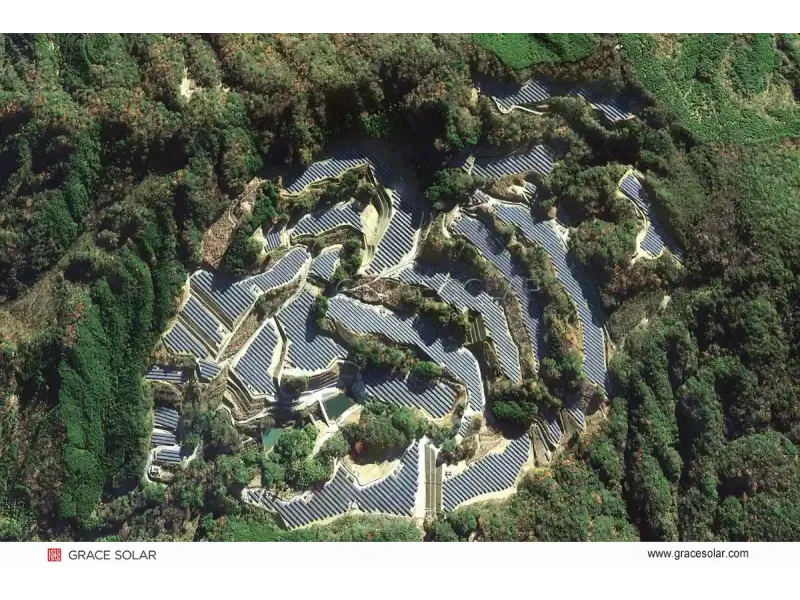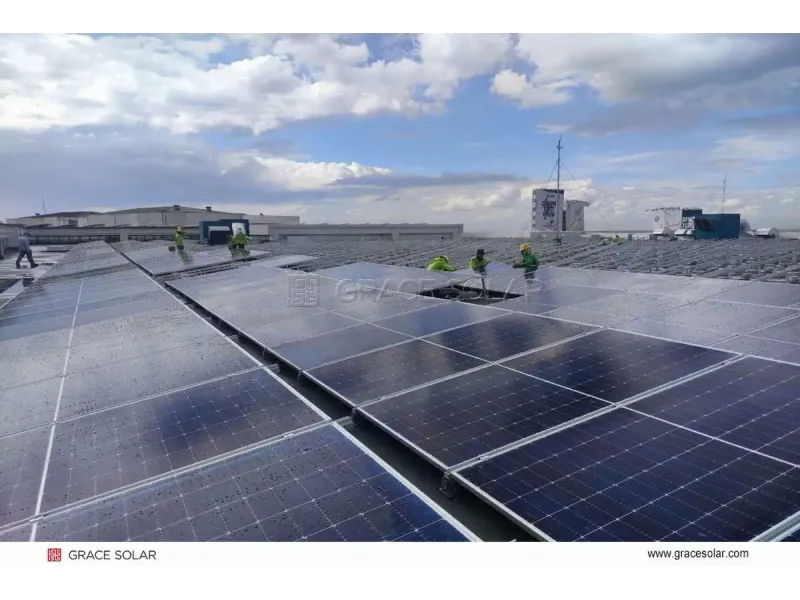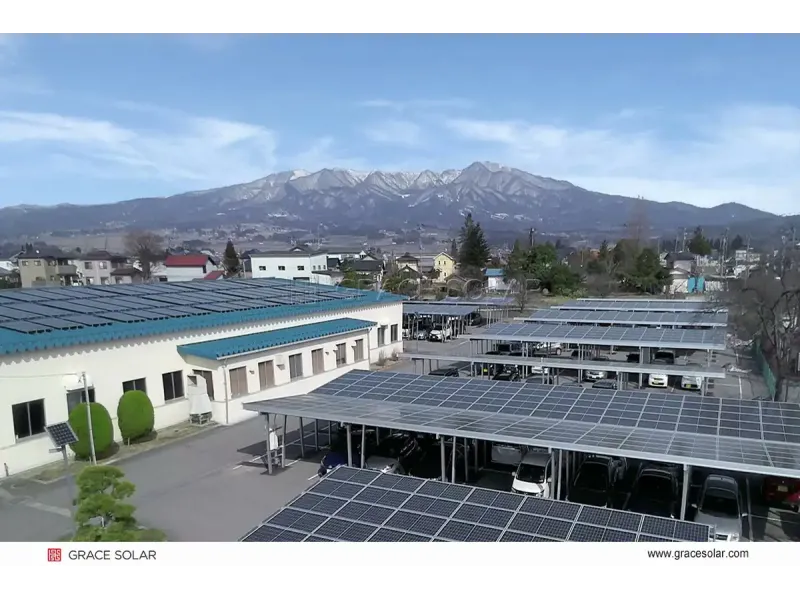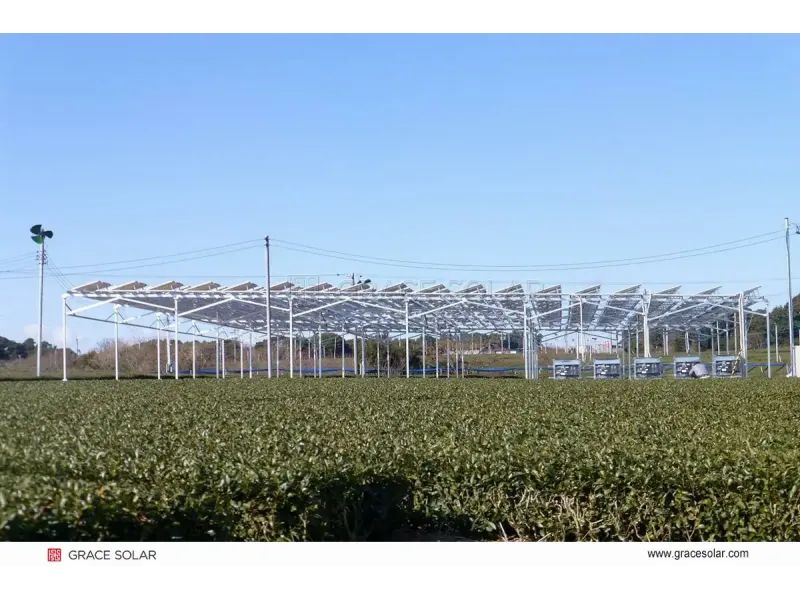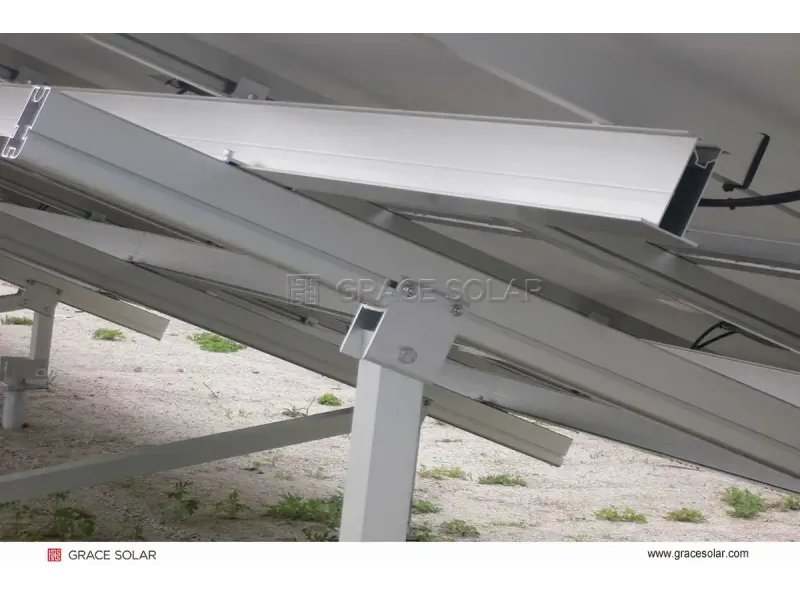What Are Solar Tracking Systems?
Solar tracking systems are advanced electromechanical structures that dynamically orient photovoltaic panels toward the sun throughout the day. Unlike fixed-mount solar installations, these intelligent solar tracking solutions significantly increase energy capture by maintaining optimal sun-facing angles as the sun moves across the sky.
The Science Behind Sun Tracking Technology
By compensating for the Earth's rotation and seasonal orbit variations, solar trackers can boost energy yield by 20-45% compared to fixed-tilt systems. Modern trackers use hybrid control algorithms combining:
- GPS positioning and astronomical calculations
- Light sensors for weather adaptation
- AI-powered predictive analytics
Major Types of Solar Tracking Systems
1. Single-Axis Solar Trackers
Single-axis trackers rotate panels along one axis (typically east-west), delivering 10-25% more energy than fixed systems. Key features include:
- ±60° rotation range with <2° accuracy
- Up to 20% north-south slope adaptability
- Multi-point drive enhances structural stiffness by 20%
- Low-power operation (<0.02kWh/day)
Ideal for large-scale solar farms with uneven terrain, these 1-axis tracking solutions can install up to 90 panels per tracker.
2. Dual-Axis Solar Trackers
Dual-axis systems adjust both azimuth (horizontal) and elevation (vertical) angles, delivering 30-45% greater efficiency. Advanced models feature:
- 3-5 motors per row for enhanced stability
- Linear actuator drive for easier maintenance
- Bifacial module compatibility
- Hybrid GPS + tilt sensor control
Particularly effective in high latitudes, these 2-axis tracking systems support the latest 182mm/210mm high-power modules.
3. Passive Dual-Axis Trackers
Passive solar trackers use thermal-mechanical actuation for zero external power consumption. Their double-row linkage design requires 50% fewer control units, featuring:
- Wind-tuned aerodynamic profiles
- Hot-dip galvanized corrosion resistance
- Self-grounding safety system
- Automatic synchronization with storage
Core Benefits of Solar Tracking Technology
Maximized Energy Harvest
By maintaining near-perpendicular sun angles, tracking systems capture up to 45% more daily irradiation. Cloud-adaptive algorithms provide additional 8% yield gains during overcast conditions.
Operational Resilience
Advanced safety protocols automatically trigger protective stowing:
- Vertical tilt position for hail/snow shedding
- Horizontal stowing at wind speeds >18m/s
- IP65-rated components for harsh environments
Economic Advantages
Solar trackers deliver 5-15% lower Levelized Cost of Energy (LCOE) through:
- Reduced foundation requirements
- Wireless communication systems
- Automated maintenance features
Global Applications Across Industries
Utility-Scale Farms
1P/2P tracking systems designed for large-scale renewable energy plants
Agrivoltaic Systems
Elevated tracking structures for dual land use
Commercial Rooftops
Low-profile trackers with 20% slope adaptation
The Future of Solar Tracking
Next-generation tracking innovations include AI-optimized bifacial algorithms (+5-10% yield), lightweight composite materials, and grid-synchronization with energy storage systems. As solar tracking technology evolves, it promises to close the gap between solar potential and global energy demand.
Ready to maximize your solar ROI? Explore our EPC solutions for turnkey tracking system installations

